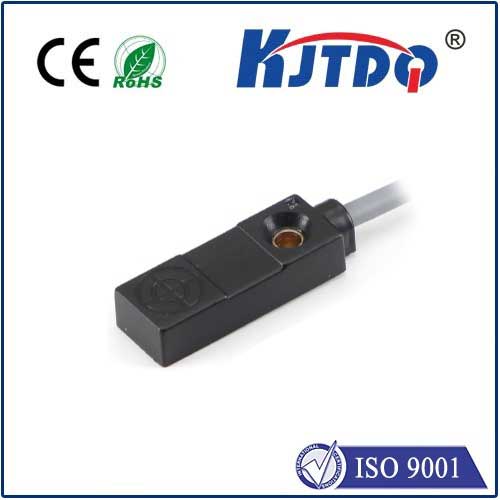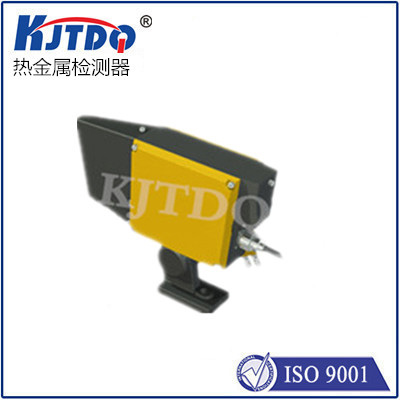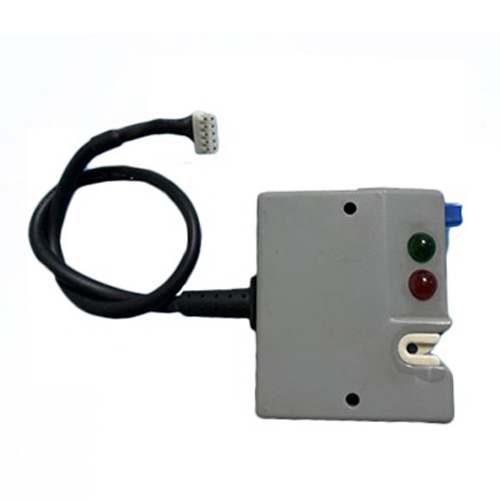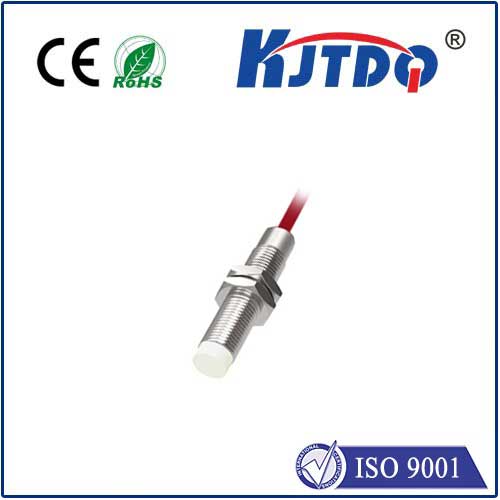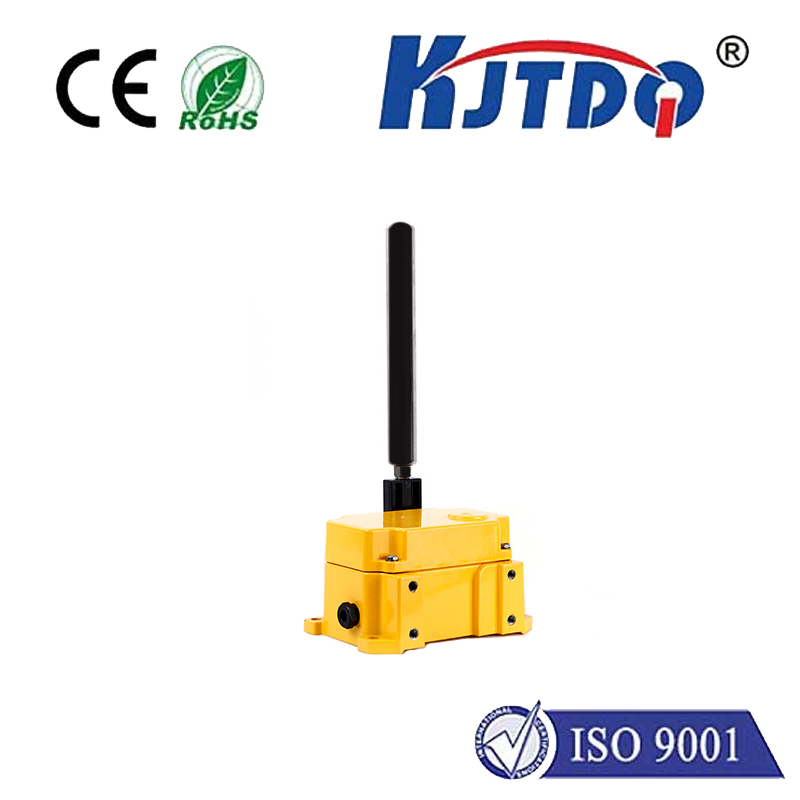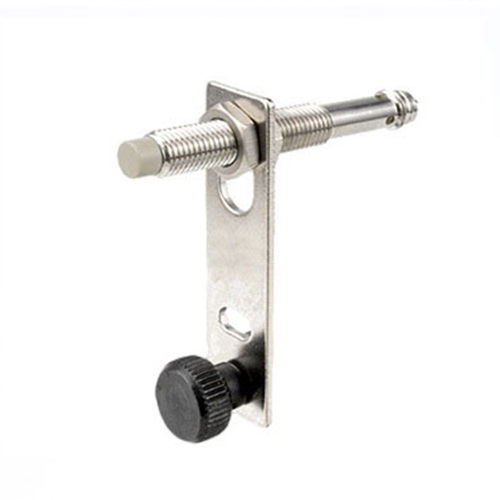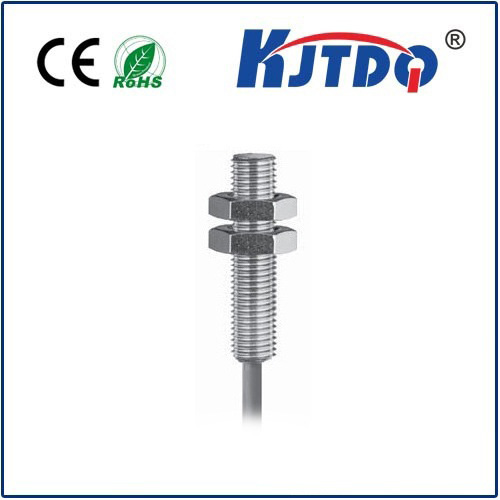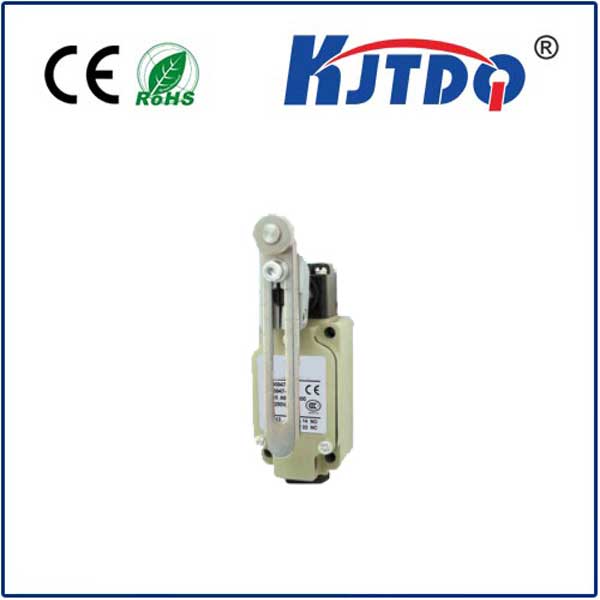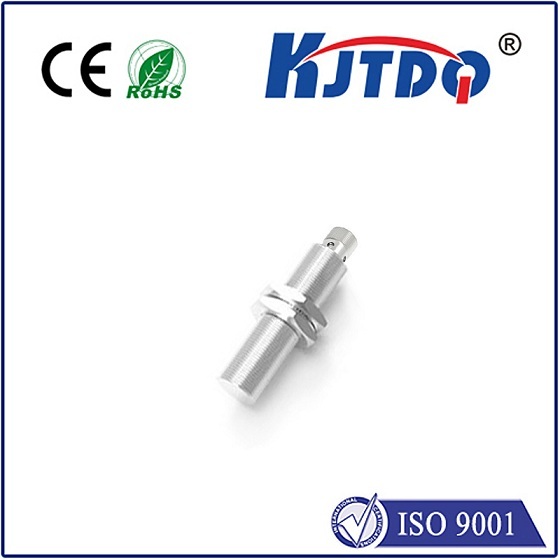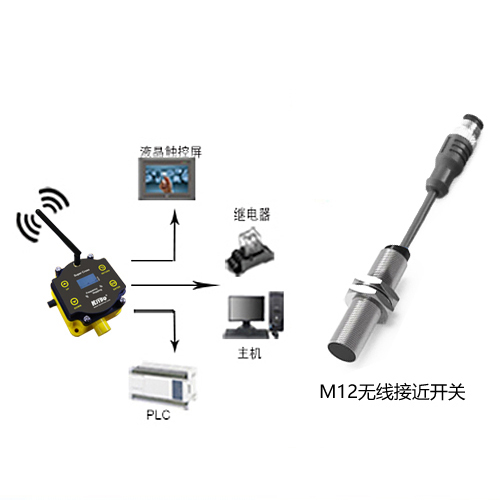BES03LC proximity sensor
- time:2025-10-02 02:43:56
- Click:0
BES03LC Proximity Sensor: Precision Detection for Industrial Automation
Imagine a factory humming with activity. Conveyor belts whirring, robotic arms moving with precision, packages sorted at lightning speed. Behind this seamless operation lies an invisible network of guardians ensuring everything stays on track, prevents collisions, and counts every item accurately. Among these unsung heroes is the inductive proximity sensor, and the BES03LC represents a specific, robust variant designed to thrive in demanding industrial landscapes. This article delves into what makes the BES03LC a critical component for reliable, non-contact detection in countless applications.
Understanding the Core Principle: Electromagnetic Sensing
At its heart, the BES03LC leverages the fundamental principle of electromagnetic induction. It doesn’t require physical touch to detect the presence of an object. Instead, it generates a high-frequency electromagnetic field from an oscillator coil within its sensing face. When a metallic object – typically ferrous (iron-based) or non-ferrous (like aluminum, brass, or copper) – enters this active field, eddy currents are induced on the object’s surface. These eddy currents draw power from the sensor’s oscillator, causing a measurable change in its oscillation amplitude. Sophisticated circuitry within the sensor monitors this change and triggers its output state accordingly. This method allows for non-contact, wear-free operation, significantly enhancing reliability and longevity compared to mechanical switches.
Decoding the BES03LC: Key Specifications and Features

While “BES03LC” designates a specific model family (commonly associated with leading industrial sensor manufacturers like Balluff), understanding its typical specifications highlights its industrial suitability:
- Sensing Principle: Inductive (detects metal objects).
- Switching Distance: Often standardized (e.g., a rated operating distance ‘Sn’ of 3mm is common for such designations). This defines the ideal detection range.
- Housing Material: Typically features a robust nickel-plated brass or stainless-steel housing, offering excellent resistance to impact, vibration, and corrosion. This ensures durability in harsh factory environments. Environmental resilience is key.
- Electrical Output: Commonly available as:
- PNP, Normally Open (NO): Outputs positive voltage when target detected.
- PNP, Normally Closed (NC): Outputs positive voltage until target is detected.
- NPN Versions: Also frequently available, providing flexibility for different PLC input card requirements. Some variants may offer IO-Link capability, transforming the sensor from a simple switch into a smart device providing diagnostic data and parameter configurability.
- Connection Type: Often features an industry-standard M12 connector, facilitating quick installation, replacement, and connection to pre-wired cabling systems. Threaded barrel design (e.g., M12 x 1 or M18 x 1) allows for easy mounting.
- Protection Rating: Typically boasts a high IP67 or IP68 rating, signifying excellent protection against dust ingress and temporary or permanent immersion in water. This is crucial for washdown environments, outdoor use, or areas with excessive dust or coolants.
- Operating Voltage: Designed for standard industrial DC voltages, commonly ranging from 10-30V DC.
- Output Current: Sufficient for directly driving PLC inputs or small relays (e.g., typically 100-200mA).
- LED Status Indicator: Incorporates an LED to visibly signal power status and object detection state, significantly aiding in commissioning and troubleshooting.
Why Choose an Inductive Proximity Sensor Like the BES03LC?
The BES03LC proximity sensor excels in scenarios demanding reliability, speed, and resilience. Here are its compelling advantages:
- Wear-Free Operation: No moving parts to wear out, leading to virtually maintenance-free operation and vastly extended service life compared to mechanical switches. This translates directly to reduced downtime and lower total cost of ownership.
- High Switching Frequency: Capable of detecting objects moving at very high speeds, making them ideal for counting rapidly moving parts on conveyors or monitoring high-speed machinery.
- Robust Construction: The nickel-plated brass or stainless-steel housing provides exceptional resistance to shock, vibration, oils, coolants, and chemicals commonly found in manufacturing plants. The high IP rating further ensures dependable performance in challenging conditions.
- Ignoring Non-Metallic Objects: Specifically targets metal, making it immune to dust, dirt, water splashes, wood, plastic, or other non-metallic materials passing by the sensing face. This ensures stable operation and avoids false triggers.
- Simple Installation: The threaded barrel and standardized M12 connector make mounting and wiring straightforward, saving valuable installation and maintenance time. Ease of integration is a major benefit.
- Cost-Effective Sensing: Offers a highly reliable and durable sensing solution at a competitive price point.
Industrial Applications: Where the BES03LC Shines
The robustness and reliability of the BES03LC inductive proximity sensor make it indispensable across a vast spectrum of automation, including:
- Position Sensing: Verifying the presence or absence of machine components like cylinders (end-of-stroke detection), clamps, slides, or turret positions. Ensuring machinery is in the correct state before initiating the next step is critical for safety and process control.
- Object Detection & Counting: Detecting metal parts on assembly lines, conveyors, or packaging machinery for counting, sorting, or verifying passage. Essential for production tracking and process control.
- Level Detection: Monitoring levels of metallic powders or pellets in bins or hoppers.
- Speed Monitoring: Detecting gear teeth, bolts on rotating shafts, or other metal features to monitor rotational speed (often combined with timers or counters). Predictive maintenance often relies on this data.
- End-of-Travel Limits: Safely signaling when a moving part (like a gantry or elevator) has reached its intended limit position.
- Machine Tooling: Used extensively in CNC machines, stamping presses, and robotic arms for tool positioning, part presence verification, and safety interlocks.
Selecting and Implementing Effectively
Choosing the right BES03LC variant is crucial:
- Target Material: Confirm compatibility with the metal you need to detect (ferrous/non-ferrous). While all inductive sensors detect metals, their effective range can vary significantly.
- Required Switching Distance (Sn): Ensure the sensor’s rated operating distance is adequate for the mounting position relative to the target. Factor in any installation tolerances needed.
- Output Type (PNP/NPN) and Switching Logic (NO/NC): Match the electrical output configuration to your control system (PLC) input requirements. IO-Link offers future-proof flexibility if needed.
- Environmental Conditions: Verify the IP rating and housing material are suitable for the specific environment (oil, coolant, washdown, outdoor exposure).
- Mounting Constraints: Ensure the threaded size (M12, M18) and orientation fit within the available space. Consider shielded vs. unshielded types; shielded sensors can be flush-mounted in metal, while unshielded offer slightly longer ranges but require non-metallic surroundings.
Proper installation involves securely mounting the sensor, ensuring correct alignment with the target, providing the specified operating voltage, and connecting the output correctly to the load (e.g., PLC input). The LED indicator provides immediate visual feedback on operation. Meticulous installation prevents operational headaches. Leveraging its IO-Link capabilities, if equipped, unlocks advanced diagnostics, remote parameterization, and integration into Industry 4.0 data streams.
From ensuring a robotic arm grips a component securely to guaranteeing a hydraulic cylinder fully retracts, or simply counting thousands of bottles on a filling line, the BES03LC inductive proximity sensor exemplifies the rugged, reliable automation technology that underpins efficient modern manufacturing. Its blend of non-contact detection, robust construction, and straightforward integration makes it an enduring solution for countless position, presence, and speed detection tasks, silently contributing to the smooth flow of industrial processes worldwide. Choosing the right sensor, like the appropriately specified BES03LC, is a fundamental step towards achieving reliable, low-maintenance automation.






